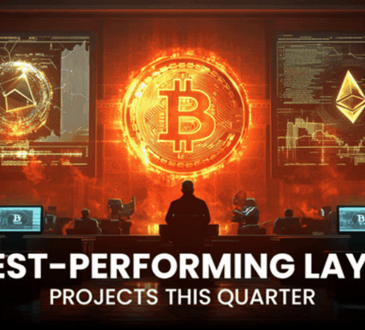
Tokens could change the game
Real assets generally tie up large sums of capital and require high initial commitments. Consequently, most private investors have been excluded from such opportunities. While securitisation has traditionally been a good way for smaller investors to access fractions of corporate debt and equity, direct real asset investment has been more difficult to put into practice.
The adoption of tokens as a substitute for current forms of security holdings, such as fund units, could mark the start of an investment gateway to the future. Investing through distributed networks could allow small but sophisticated investors to have a widely diversified portfolio of stocks and bonds and fractions – represented by tokens – of real assets, including debt and equity investments, or of funds consisting of real asset pools. The lack of current alternatives in real assets for moderate-sized investors could mean a standardised, low-cost way of direct and indirect investing in inflation-hedging assets such as real estate or infrastructure would be highly appealing to these investors. If adopted by enough investors, tokenisation is potentially a game-changer.
The diagram shows one version of how a sample real asset tokenisation could work. In structure, tokenisation may not be radically different from current forms of securitisation available to investors, and many of the same intermediaries (asset manager, custodian) are likely to still be involved.
A key difference, however, is that each token is meant to contain all of the information and programmed instructions for an investor to be able to directly interact with the investment from a financial perspective (for example, receive direct distributions to their account), so that operating costs are lower than they are for comparable funds. It should also enable investors to potentially exchange tokens with other current or prospective investors directly (peer-to-peer), so that tokens are more liquid than shares in a closed-end fund.
One remaining uncertainty in investment tokenisation is how to denominate it; that is, to select the currency to measure the value of investment tokens. Stocks and bonds are denominated in government-issued currencies, even though in practice, using and trading in these currencies is in digitalised form (such as online payments).
Distributed ledger networks are different: money, or value that is exchanged across such networks, needs not only to be digital but also transferable within the network’s user group such that everyone uses and accepts the same currency as this supports the decentralised premise of operating without a centralised intermediary. But for now, aside from the Bahamas and Nigeria, no larger economies have gone beyond the pilot phase of government-issued digital currencies that are designed to operate this way.
Transitional currencies such as stablecoins often now provide the on-and off-ramps to distributed ledger networks that use cryptocurrencies. But these coins act like unregulated, and in cases uncollateralised, currency swaps; they are likely to be a temporary rather than a permanent solution. The slow uptake of unregulated digital currencies among long-term investors, and the absence of a truly digitised legal tender, have hampered the development of tokenisation from becoming a broader-scale financial market practice.
The current process of investing in a tokenised real asset is either using a cryptocurrency, such as Ether, or using a custom-built digital coin to represent and transact in an investment. These arrangements may be an investment attraction for some, but their complexity and uncertainty will deter others; they generally require transferring funds from fiat into unregulated digital currency and back.
The development of government-sponsored Central Bank Digital Currencies, such as a digital Swiss Franc, to denominate and transact in tokens could significantly change that. In conjunction with other regulatory support, this could make investments in real assets through distributed ledger networks more immediately attractive to traditional investors


